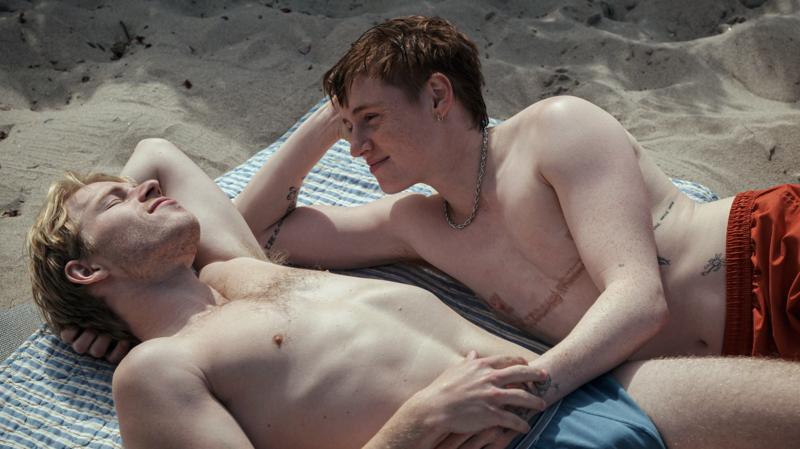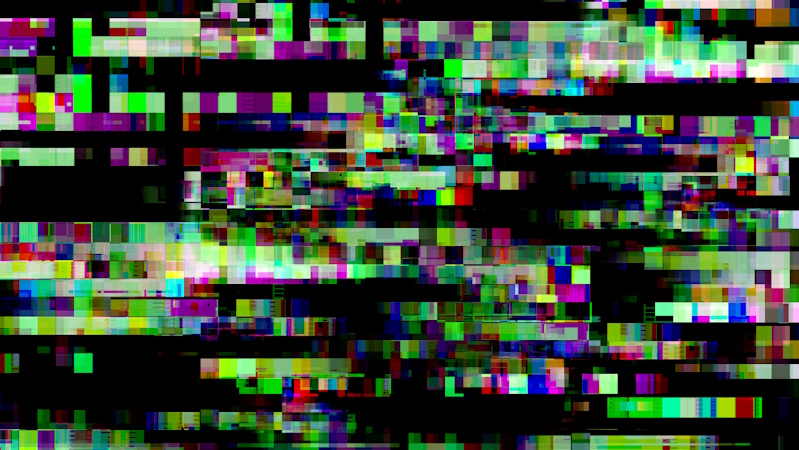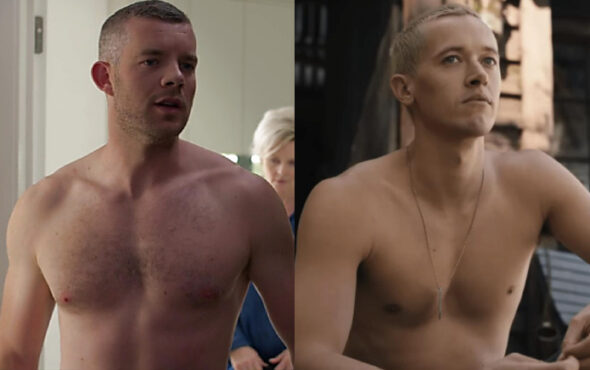“Sauna” begins in a setting that many might expect—a dimly lit gay sauna in Copenhagen, where men seek fleeting moments of pleasure. The protagonist, Johan, works there and enjoys the perks that come with the job. His life is filled with casual encounters, yet something still feels missing. He moves from one meaningless connection to another, highlighting a common reality for many young gay men navigating new cities where social life often revolves around sex rather than deep relationships.
However, the film doesn’t pass judgment on this lifestyle. Instead, it presents it as an authentic experience for many in the queer community. Based on a book by Danish author Mads Ananda Lodahl, the story reflects the complexities of this world without moralizing. Small but significant details—like Johan’s routine of douching or cleaning up in the sauna—add a level of realism that only a queer filmmaker could capture.
A Story That Goes Beyond Casual Encounters
At first glance, “Sauna” might seem like just another film exploring gay culture and hookup dynamics. But the story takes a deeper turn when Johan meets William, a man who challenges his understanding of love, identity, and relationships.
Their first encounter begins as a typical hookup. William arrives at Johan’s apartment, nervous and hesitant, keeping his coat on even after sharing a drink. As things progress, Johan unknowingly crosses a boundary when he touches William’s chest. Realizing that William is a trans man, Johan reacts with uncertainty, admitting he has never been with a trans person before. William, visibly frustrated, reminds him that his profile clearly stated this information. Ready to leave, William expects rejection, but Johan surprises him by asking him to stay.
This moment sets the stage for what director Mathias Broe describes as a “reversed Romeo and Juliet.” Instead of the traditional tragic love story, this film becomes a heartfelt exploration of queer relationships, chosen families, and the evolving understanding of love beyond labels.
Breaking Emotional and Physical Barriers
Johan initially struggles to form meaningful relationships. He has acquaintances at work and a caring older flatmate, but his emotional walls prevent deeper connections. However, as he spends more time with William, he starts opening up. Their relationship is filled with tenderness, vulnerability, and moments of intimacy that feel raw and real.
One of the film’s most groundbreaking aspects is its portrayal of intimacy between a cisgender gay man and a transgender man. The scenes between Johan and William go beyond physical attraction; they show deep emotional connections. Whether it’s holding hands the morning after or engaging in moments of deep trust, the film captures love in its purest form.
One particularly touching scene shows Johan helping William apply Testogel (testosterone gel). It’s a simple but intimate act, showcasing love and care in a way rarely seen in mainstream cinema. Later, William gifts Johan a strap-on dildo, a moment that highlights their evolving understanding of each other’s needs and desires.
A Much-Needed Representation of Trans Experiences
At a time when transphobia is still prevalent, even within the LGBTQ+ community, “Sauna” provides a refreshing and necessary perspective. The film normalizes trans bodies and relationships without sensationalizing them. The sex scenes, while passionate, also feel natural and unfiltered, capturing the awkwardness and imperfections of real intimacy.
However, the film doesn’t shy away from the challenges that trans people face. In a pivotal moment, Johan takes William to Adonis, the gay sauna where he works. He reassures William that everything will be fine, but reality proves otherwise. From the locker room to the main areas, William remains self-conscious, covering himself with a towel while Johan moves freely. Even in spaces meant for the LGBTQ+ community, trans people can feel excluded. When the sauna’s owner reacts with transphobia, William is forced to leave, underscoring the discrimination that many transgender individuals experience even in supposedly inclusive environments.
Balancing Positivity and Realism
The film masterfully balances moments of joy and hardship. The relationship between Johan and William isn’t just about love; it’s also about learning, unlearning, and growing. They navigate misunderstandings, societal pressures, and personal insecurities, making their journey feel authentic and relatable.
The script, co-written by Mathias Broe and William Lippert, ensures that William is not reduced to just a “trans character.” His experiences are explored with depth, showing both the joy and struggles of his life. Meanwhile, Johan’s perspective serves as an entry point for viewers who may not be familiar with trans experiences, making the film both educational and deeply moving.
Powerful Performances Bring the Story to Life
Magnus Juhl Andersen (Johan) and Nina Rask (William) deliver outstanding performances, bringing depth and nuance to their roles. Their chemistry is undeniable, making the emotional highs and lows of their relationship feel genuine. Without them, the film wouldn’t carry the same weight.
While the story is told from Johan’s perspective, it mirrors Broe’s personal experience—his own partner began transitioning during the film’s development. This explains why the film focuses on a cis man’s journey of understanding rather than centering entirely on William’s perspective. While some viewers may wonder if the story would be more compelling from William’s point of view, the film still manages to provide an honest and respectful portrayal of trans identity.
A New Era for Queer Cinema
“Sauna” is not just a love story; it’s a statement about the evolving landscape of queer cinema. It stands alongside other recent films that authentically depict trans experiences, such as “The People’s Joker” and “I Saw the TV Glow.” However, rather than being a radical political statement, it chooses a more personal, emotional approach.
Unlike mainstream films that tokenize trans characters or use them as side plots, “Sauna” gives William a fully developed narrative. It shows that trans love stories can be as complex, messy, and beautiful as any other.
Conclusion: A Must-Watch for Queer Audiences and Beyond
“Sauna” is a groundbreaking film that challenges stereotypes, normalizes trans relationships, and provides a fresh perspective on love and intimacy. While it may not end in a traditional fairytale way, its message is clear—love is not about labels but about connection, understanding, and mutual respect.
For queer audiences, it’s a refreshing depiction of relationships that go beyond clichés. For those unfamiliar with trans experiences, it offers an opportunity to learn and empathize. Ultimately, “Sauna” is not just a film about LGBTQ+ love—it’s a universal story about human connection, making it a must-watch for anyone willing to explore love in its many forms.




























0 Comments